#acrocinus longimanus
Text
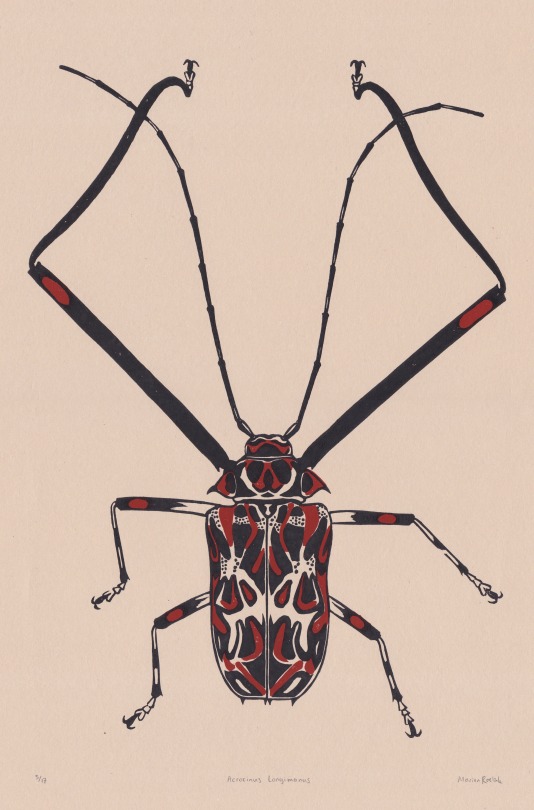
I made some lino prints of a harlequin beetle :o)
511 notes
·
View notes
Text
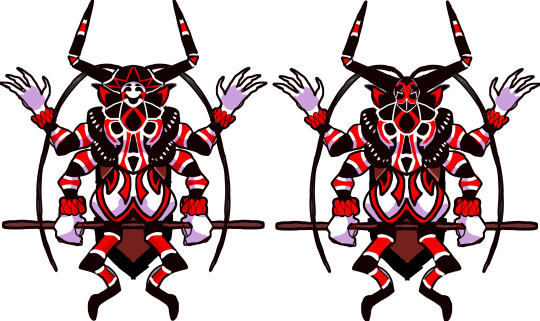
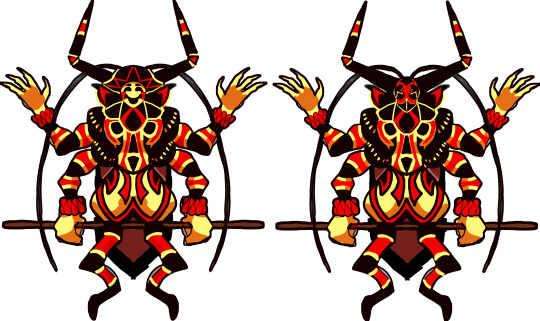

[OC] Acrocinus longimanus (Harlequin beetle)
#entomology#bug#insect#beetle#harlequin beetle#longhorn beetle#acrocinus#acrocinus longimanus#clown#harlequin#arlecchino#clown oc#clownblr#bugblr#original character#character design
76 notes
·
View notes
Photo
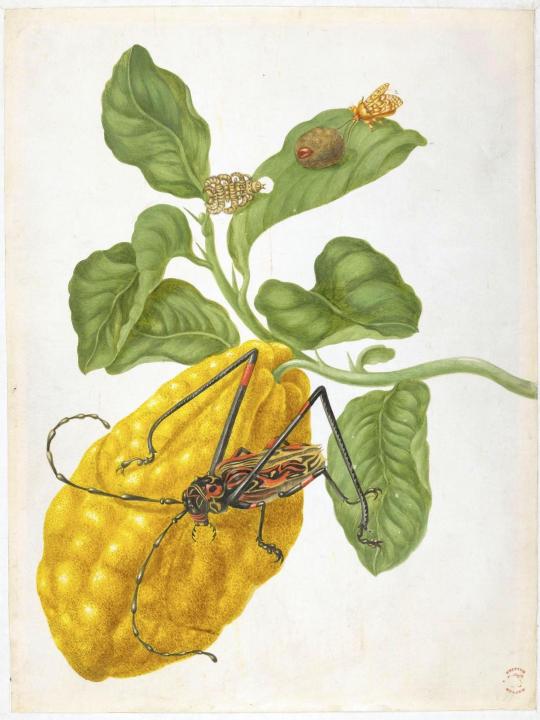
Example of large red and black-patterned beetle on a Citron Tree, from an album of 91 drawings entitled 'Merian's Drawings of Surinam Insects &c’
Maria Sibylla Merian, c. 1701-1705
(via drawing; album | British Museum)
13 notes
·
View notes
Note
Hi here's cool bugs for the woman
Rosalia alpina - https://en.m.wikipedia.org/wiki/Onychocerus_albitarsis

Acrocinus longimanus - https://en.m.wikipedia.org/wiki/Harlequin_beetle
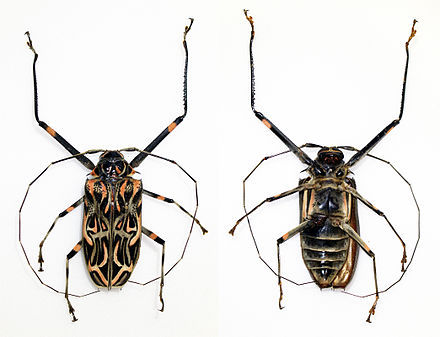
Aristobia approximator - https://en.m.wikipedia.org/wiki/Aristobia_approximator

Polistes versicolor - https://en.m.wikipedia.org/wiki/Polistes_versicolor

Brachynema germarii - https://en.m.wikipedia.org/wiki/Brachynema_(bug)
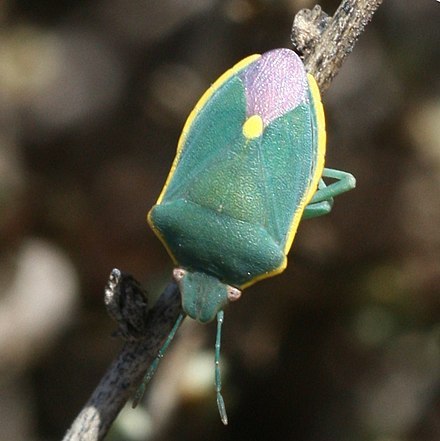
I'm still looking at more but lmk if you need them so I don't spam you with insects k? 👍
😍😍😍
Buggggg insect <<33 thank you they’re gorgeous. Ough I love bugs so much they can literally look like anythingggg
23 notes
·
View notes
Text

The Harlequin Beetle is a large tropical longhorned beetle found from Mexico to Brazil. It burrows a nest in trees covered in bracket fungus in order to camouflage its larvae. The young beetles live in this tree hole for up to 12 months before emerging as adults.
Species: Acrocinus longimanus
https://www.thebutterflybabe.com/frames-wall-decor/n5ke0ut8x6bm2idvz75c48j3nyfkcf
6 notes
·
View notes
Text

macro photography of the face of a Harlequin Beetle (Acrocinus longimanus).
71 notes
·
View notes
Photo
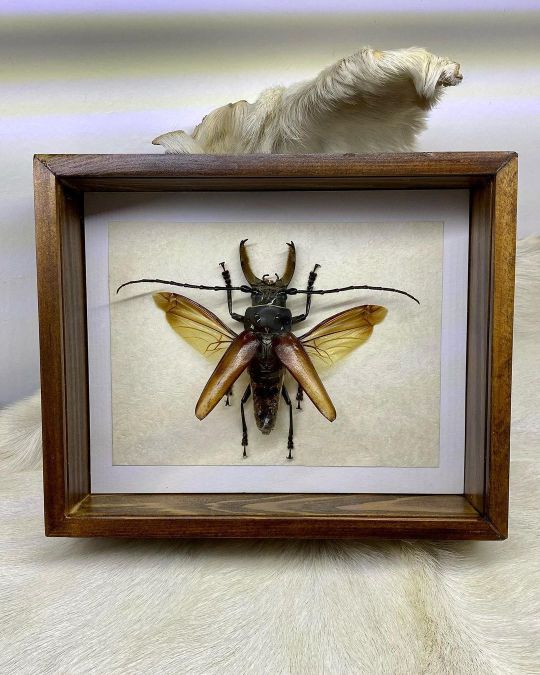
Aquí les traigo los últimos trabajos que hice. 🤠🤙🏻 Sin duda son unos bellísimos ejemplares. Desafortunadamente al D.hyllus no pude tomarle mejores fotos ya que he andado corriendo y lo entregué el mismo día que lo terminé.😅 Todos los demás se van con su respectivo dueño la siguiente semana. ¡Gracias por su confianza! Estas son las especies enmarcadas: •Callipogon barbatum •Dynastes hercules lychi •Goliathus goliathus •Acrocinus longimanus •Dynastes hyllus Recuerden que tendremos curso de montaje. ¡Les enseñaré desde los materiales prohibidos, lo que implica el montaje y mucho más! Si te gustaron déjame tú ❤️ y comparte🐶🤙🏻 #sr_nahual #arthropods #tarantula #beetle #tliltocati #insectsofinstagram #coleoptera #scarabaeidae #dynastes #megasoma #cetoniinae #spidersofinstagram #rutelinae #arthropodsofinstagram #outdoors #nature #dynastinae #cerambycidae #chrysomelidae #theraphosidae #nature #megasomaelephas #goliathus #dynasteshercules #callipogon https://www.instagram.com/p/CmzoSPhuNe8/?igshid=NGJjMDIxMWI=
#sr_nahual#arthropods#tarantula#beetle#tliltocati#insectsofinstagram#coleoptera#scarabaeidae#dynastes#megasoma#cetoniinae#spidersofinstagram#rutelinae#arthropodsofinstagram#outdoors#nature#dynastinae#cerambycidae#chrysomelidae#theraphosidae#megasomaelephas#goliathus#dynasteshercules#callipogon
0 notes
Photo

Spectacular macro photography of the face of a Harlequin Beetle (Acrocinus longimanus). https://www.instagram.com/p/ChY7TuoLk_d/?igshid=NGJjMDIxMWI=
0 notes
Photo

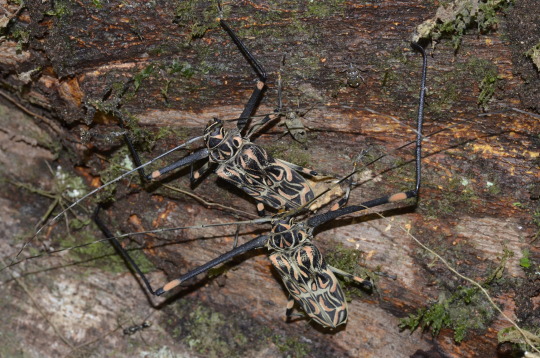

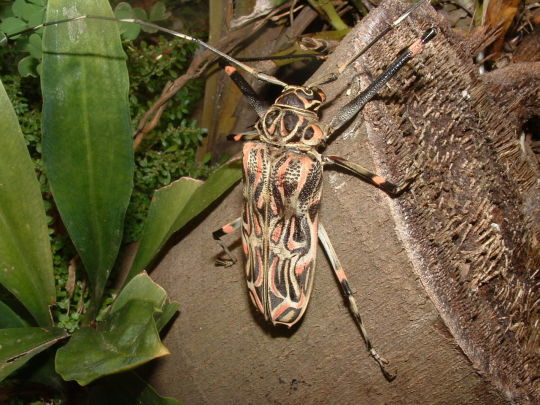



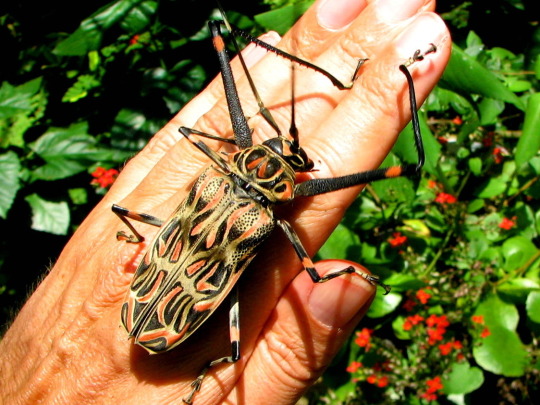


Harlequin beetle, Acrocinus longimanus, Cerambycidae (longhorn beetles)
Found from Mexico down into Uruguay, this species is known for the extremely long forelegs in males, which are used to impress females and ward off predators.
Photo 1 by isaacmichan, 2 by touroult, 3 by escalante-pasos, 4 by ericvandenberghe, 5 by cpalomera, 6 by diogoluiz, 7 by arthurmgomes, 8 by jmeerman, 9 by robertovargasm, and 10 by julianbiol
#animals#curators on tumblr#insects#bugs#beetle#longhorn beetle#harlequin beetle#Acrocinus longimanus#one nice bug
526 notes
·
View notes
Photo
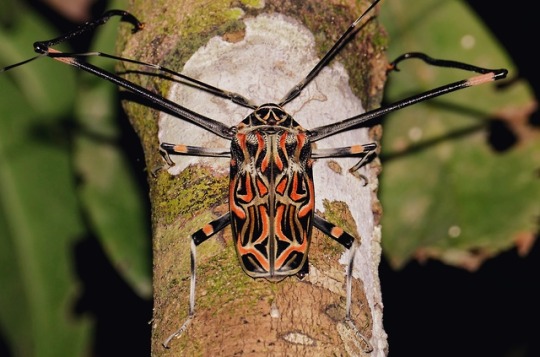
Besonders beeindruckend war dieser Harlequin Beetle/Harlekinbockkäfer. Über zehn Zentimeter gross mit weit ausladenden Vorderbeinen. Leider steht dieser Prachtkäfer auf den Listen von Käfersammlern ganz weit oben und ist dementsprechend selten zu finden. (Nachtaufnahme)
60 notes
·
View notes
Photo

You found a crowbar!
2 notes
·
View notes
Text


Acrocinus longimanus
92 notes
·
View notes
Photo

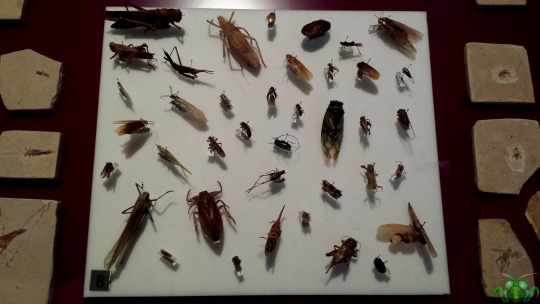


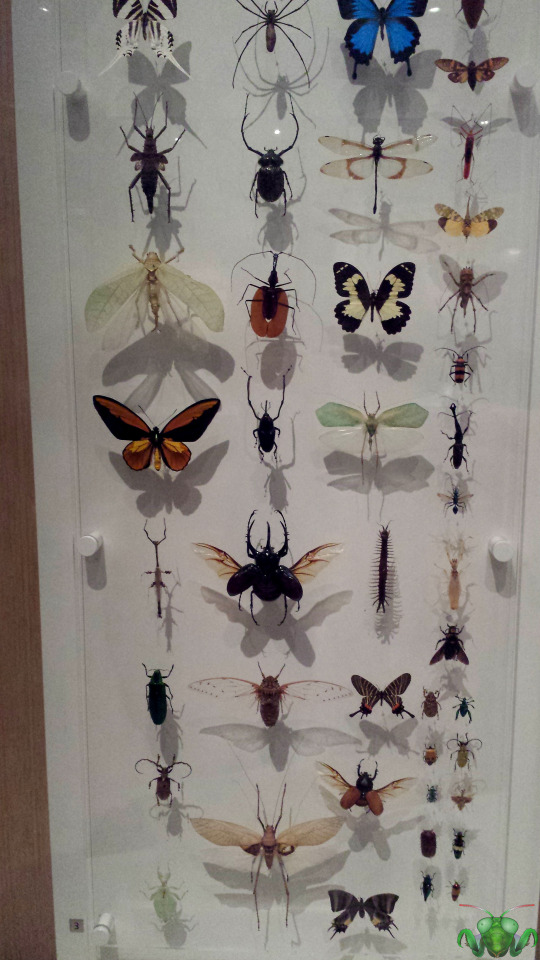

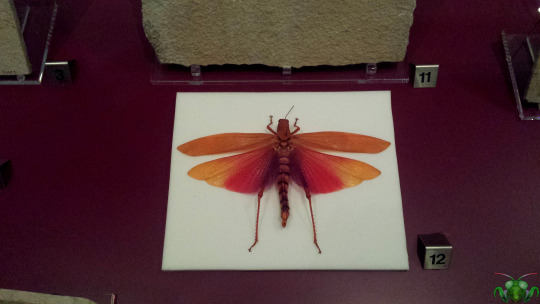
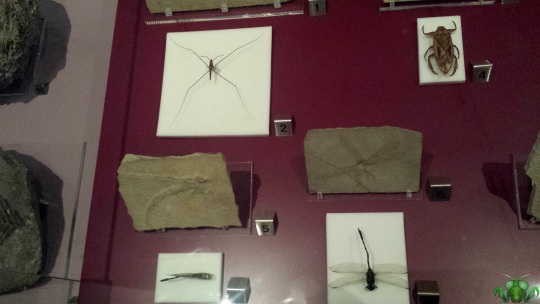


Royal Ontario Museum - Insect Exhibits 1
Well this is certainly different and there are a lot more insects than usual! Must be a special occasion, and it absolutely is! I’m dedicating this post to Ally, one of my dearest friends and a major inspiration for this blog. We’ve known each other for around 7 years now, having met in U of T’s 3rd year Insect Biology course. We’ve been on many a bug hunt together (and hopefully more in the future)! She loves insects even more than I do, so much so that she continues to study entomology at the University of Guelph, alongside the role the many insects play in the environment! I’m so proud of her! Hop onto Google Scholar to discover her work on the insect world or check out her blog to see her insight: Ecology for Life (@Ecology_forlife). In honoring her today, today’s showcase will briefly cover the ROM’s amazing insect collections* and how museums are useful for insect research and inspiring interest. Thank you for everything, dearest Bug Princess! May fortune continue to smile upon you!
While it may not specialize in insects, the ROM boasts some amazing collections of insects. There are quite a few tropical and exotic species to see including such notable finds like the Atlas Moth (Attacus atlas), the Peanut-Head Lanternfly (Fulgora laternaria), the many shimmering, iridescent Butterflies including the Blue Morpho (Morpho spp.) and Green Birdwing (Ornithoptera priamus), giant Stick Insects, Cicadas, tropical Grasshoppers and many Beetles like the ornate and horned Scarabs, the giant Harlequin Beetles (Acrocinus longimanus) or even oddities like the Violin Beetle (Mormolyce phyllodes). While these are fantastical, there are also bug boxes that contain insect species that are more familiar to us, allowing patrons to compare the insects of our region with those on the other side of the world. They might even recognize a few from their neighborhood. That organized Butterfly box has certainly been a useful reference for the identification of a few species. Honestly, picture don’t do it justice; if you’re an insect enthusiast, see these collections in person and notice that there’s also 1 spider and 1 centipede mounted as well.
Alongside the showcase of modern day insects within the ecology and biodiversity sections of the ROM, they are showcased in one other area too. The fossil section of the ROM carries fossilized insects (or fossil preservations) both in stone and within resin (look for the those in the ancient mammal area). These fossils are placed alongside their modern counterparts to highlight the changes time has brought to the world of arthropods. It seems many of them have gotten a little bit smaller. While the morphology appears consistent, many small changes have taken place over the hundreds of millions of years insects have crawled and flown over the Earth. The age of the fossils can also help us better understand the evolutionary timeline of these little creatures. All this while behind the scenes there are dedicated personnel working hard to push science and our understanding of the natural world forward! And of course, if all this insight into the scope and grandeur of the insect world isn’t enough, there are live insects to observe and enjoy at the ROM too including a Honeybee nest, Darkling Beetles, Walking Sticks and Hissing Roaches. And this is just one museum; many other institutions bring their own amazing contributions to the collective knowledge of insects.
*Note: Since these insect collections belong to the ROM, I’ve marked them with the Mantis icon. The poster is mine though. When things are safe/back to normal, I’ll return to the ROM for a follow-up (and I did return with new insect showcases: 1 | 2 | 3 | 4 |).
ROM Pictures were taken on April 15, 2019 with Samsung Galaxy S4 and the poster picture was taken November 24, 2021 with a Google Pixel 4. Click on this link to view ROM - Insect Exhibits 2.
#jonny’s insect catalogue#insect#Royal Ontario Museum#insect box#insect showcase#ROM insect#bug box#insect poster#lepidoptera#orthoptera#hemiptera#phasmatodea#coleoptera#odonata#mantodea#butterfly#moth#beetle#dragonfly#cicada#stick insect#true bug#pond skater#giant water bug#grasshopper#cricket#lanternfly#lantern fly#scolops bug#peanut bug
56 notes
·
View notes
Text
Long Legged Beetle!
The Harlequin beetle is part of the family cerambycidae. This family is more commonly known as long horned beetles
However these beetles also have long front legs as well as long horns
Their legs are often longer then the rest of their body
If you have read this far why not follow us @animalfacthub for daily animal facts and pics!
-

📷1: “Acrocinus longimanus.jpg” by Werner Rose on Wikimedia Commons (CC BY-SA 2.0 de)

📷2: “Acrocinus longimanus, Cerambycidae” by Andreas Kay on Flickr (CC BY-NC-SA 2.0)

📷3: “Acrocinus longimanus MHNT femelle.jpg” by Didier Descouens on Wikimedia Commons (CC BY-SA 3.0)
3 notes
·
View notes
Photo

Besouro-arlequim Esse é o besouro da espécie Acrocinus longimanus, que ocorre aqui no Brasil e em outros países da América do Sul. Totalmente inofensivo, se alimenta apenas de madeira. As pernas dianteiras longas estão presentes nos machos, que utilizam para brigar entre si na disputa por fêmeas. Eles são da família dos serra-pau (Cerambycidae). #biologia #biology #entomology # entomologia #insetos #insect https://www.instagram.com/p/CRresyFB8I0/?utm_medium=tumblr
3 notes
·
View notes
